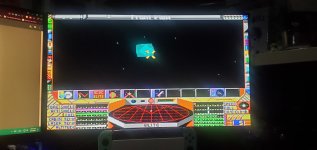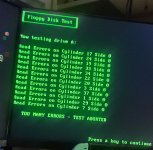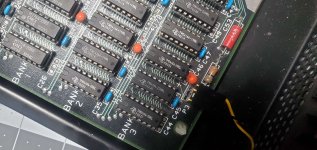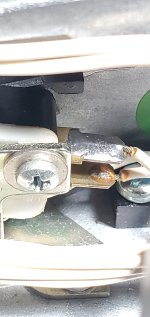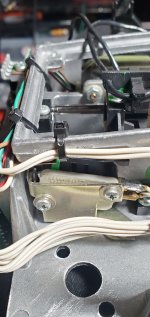zanglucarson
Member
I'll be honest, the majority of electrical knowledge I have is mostly just stuff I've learned from family, the internet, and reading.This is it. I can buy medical equipment on eBay, but that doesn't mean that I can then successfully diagnose people's medical problems. I need to know how to use the medical equipment, and in using that equipment, know what to expect in the way of readings/measurements. Etc.
I've had very little formal training (finishing general education to work on obtaining a degree in electrical engineering). I also didn't think much about how each of the wires is connected to the head, every wire would be making continuity.
I hope I don't come off like I think I'm an expert on this stuff, I know I'm not and I greatly appreciate you and everyone on this forum's assistance so far.
I think I understand now. So the continuity setting is best for making sure an electrical signal is getting from point A to B on a wire or trace rather than trying to check continuity on a coil where multiple wires may be connected together but they may not necessarily have the same resistance value.I have a 200 foot long cable, a cable that has 100 wires in it. I need to verify that there are no breaks in any of the 100 wires. If I was to use the resistance setting on my multimeter, I would need to glance at my multimeter every time that I move the probes to a different wire. My job would be much easier if I didn't need to look at the multimeter. That's where continuity mode helps me. After I move the probes to a different wire, the beep informs me of 'continuity' in the wire.

